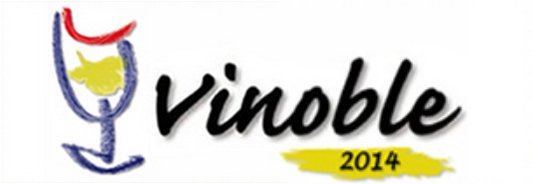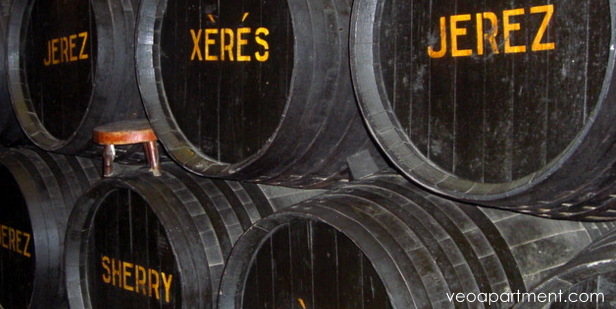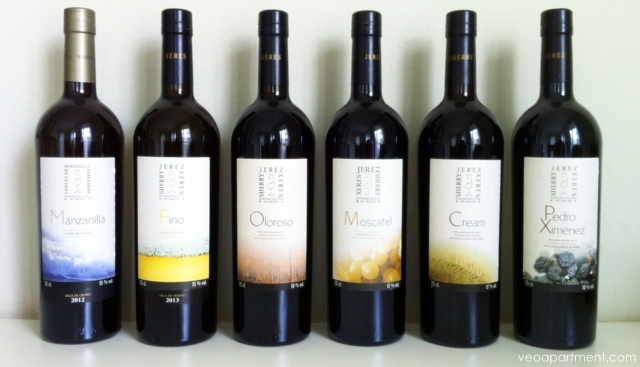Sanlúcar de Barrameda is the small seaside town at the mouth of the River Guadalquivir – directly across from the Doñana National Park (you can cross on a small ferry) – just over an hour’s drive or bus ride from Seville. This makes it ideal for day trips or long weekends away from Seville, especially in summer, when the sea breezes keep it cooler than its bigger neighbour.
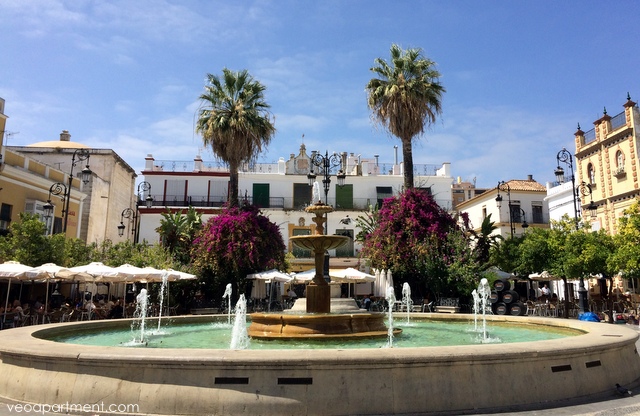 Plaza Cabildo
Plaza Cabildo
It’s history goes back at least to Moorish times, the Barrameda part of the name deriving from the Arabic for “water well of the plateau”, but it fell to the Christians in 1264. Its heyday was during the great age of exploration in the 16th century, and both Columbus and Magellan set sail from here. In the mid 17th century it went into decline, although its fortunes were somewhat revived by its role in sherry production.
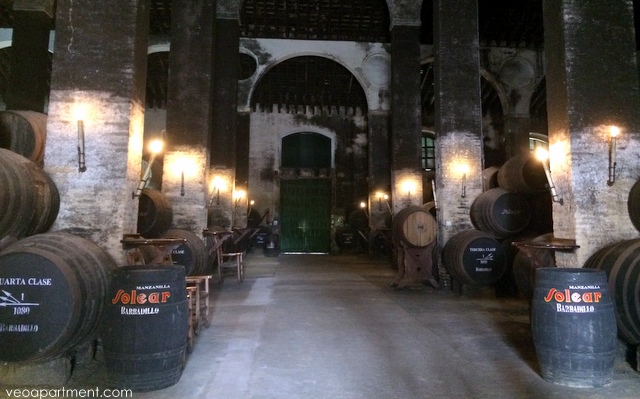 Bodegas Barbadillo
Bodegas Barbadillo
Nowadays Sanlúcar is best known for prawns and manzanilla sherry, and it was these, among other things, that brought us there, but more of that later. We arrived mid-morning at the little bus station in the modern seaside resort part of town. From here many people will head straight for the beach, but we had a different objective. The beach could wait. First stop was actually a late breakfast, a simple but tasty Serrano on toast and coffee at any of the bars in the Plaza Cabildo, the pretty little central square in the Barrio Bajo, the lower town. Sitting in the morning sunshine in one of these quintessential Spanish squares, with its little fountain, statue of famous local person, and a couple of palm trees, with a coffee or a beer ready to hand, is one of life’s great simple pleasures. Another is visiting local food markets, and this was our next stop. The Sanlucar market is just off the central square, immediately beneath the steep hill up to the Barrio Alto, the upper town. As well as the main hall, stalls and small shops spill out into the adjoining streets, and the whole area has a pleasantly busy vibe. Highlights were the street seller selling live camarones, the little shrimps used in the tortillitas, and a brace of model clowns outside one of the small shops.
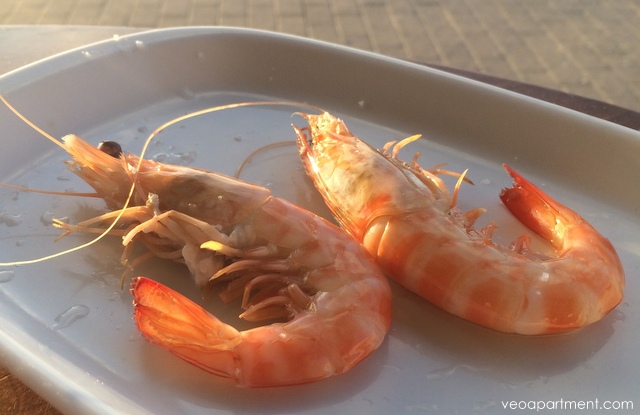 the famous Sanlucar prawns
the famous Sanlucar prawns
From the market a short walk takes you up to the Barrio Alto and, for us, the main purpose of our trip – manzanilla sherry. More specifically a visit to one of Sanlúcar’s famous sherry bodegas. Bodegas Barbadillo has a number of locations around the city, but the visitor centre and museum is next door to the impressive 15th century Santiago Castle overlooking the lower town. Although it wasn’t my first visit to a bodega, the experience is always enjoyable. The atmosphere inside these high ceilinged rooms with their ranks of sherry casks is always special, and there’s always something new to learn about the arts of sherry making. And sherry drinking too, as the tour finishes with a tasting of some of the bodega’s sherries and young wines.
After the tasting it was time for lunch. We started with a quick snack of the famous Sanlúcar speciality tortillitas de camarones (shrimp fritters) at the equally famous Casa Balbino on the main square before moving on to the Puerta de la Victoria just up the street.
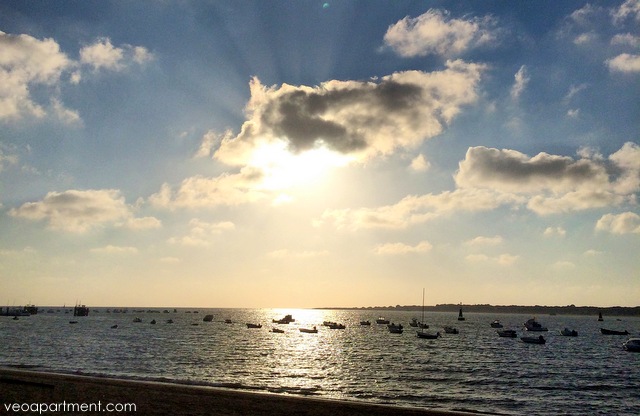 sunset on the beach
sunset on the beach
No visit to a seaside town is complete without a trip to the beach, and in Sanlúcar to the Bajo de Guia (Pilot’s Wharf), where in days of old ships going up river would pick up a local pilot to guide them through the tricky channels to Seville. Every August the beach here plays host to what are claimed to be the oldest horse races in Spain. We missed those on this occasion, but still got to sip our sherry cocktails at Cafe Azul looking across the river and watching the fishing boats heading back to the unloading quay a little further up the river. Sanlúcar, and especially the bars along the Bajo, is famous for its prawns, so after cocktails we headed to Casa Bigote for a sample.
I could happily have spent the rest of the waning afternoon sitting around looking at the peaceful view, but it was time to head back to the bus, and home to Seville.
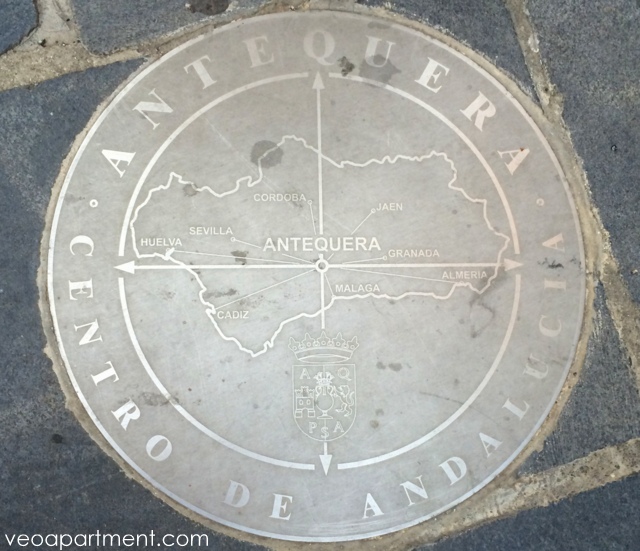 plaque in Plaza San Sebastian
plaque in Plaza San Sebastian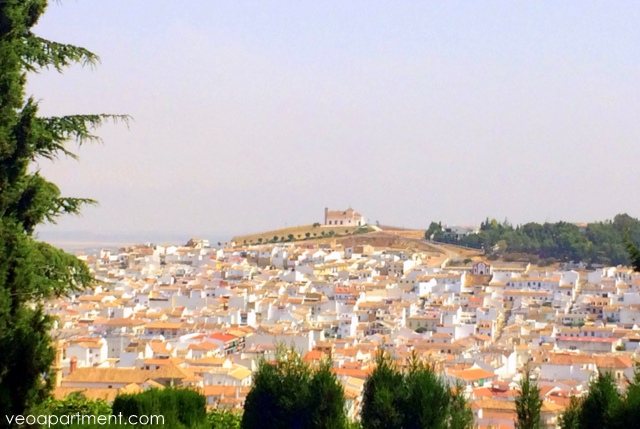 view of Antequera from the Alcazaba
view of Antequera from the Alcazaba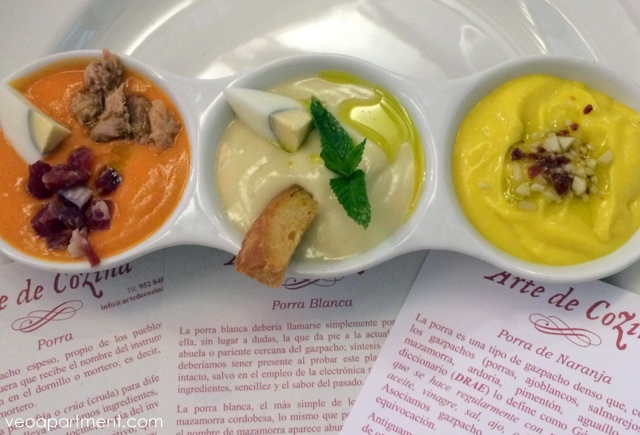 three versions of porra at Arte de Cozina
three versions of porra at Arte de Cozina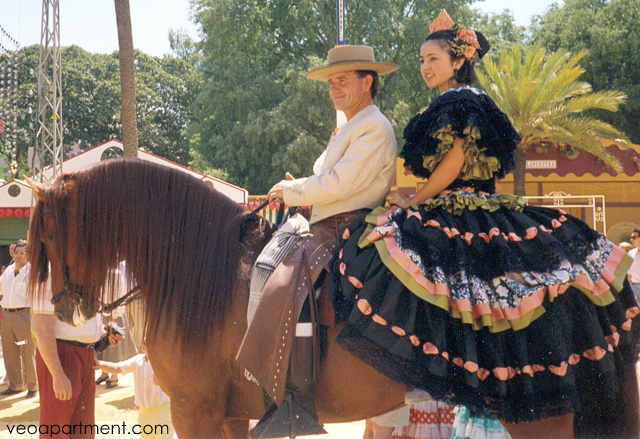 Feria del Caballo in Jerez de la Frontera
Feria del Caballo in Jerez de la Frontera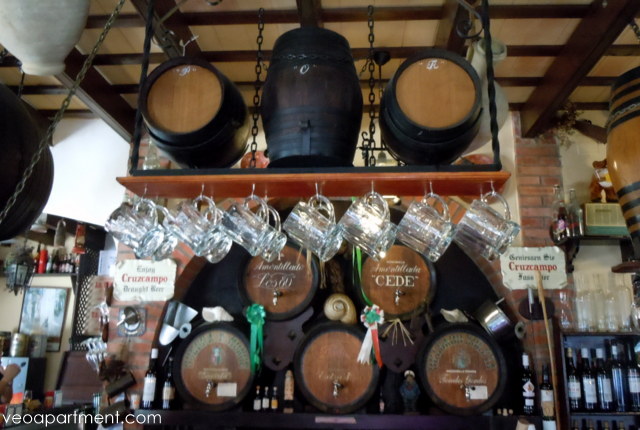 tapas bar with sherry casks in Sanlucar de Barrameda
tapas bar with sherry casks in Sanlucar de Barrameda